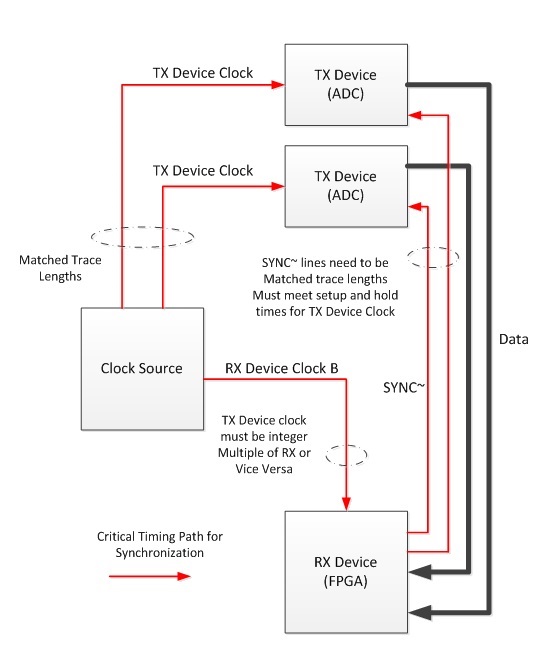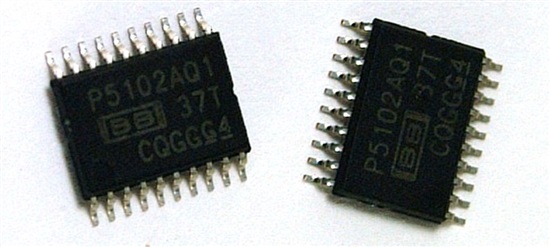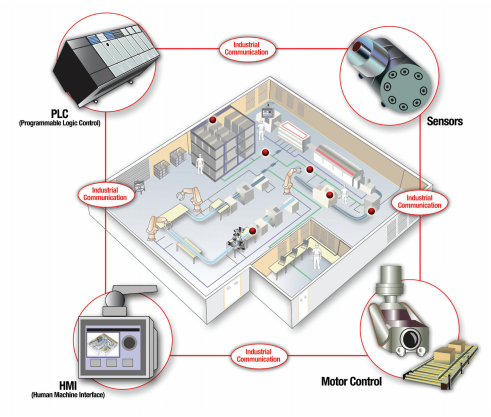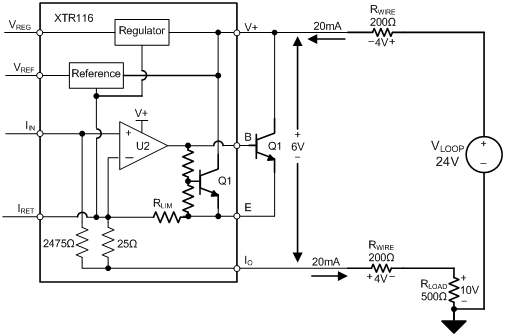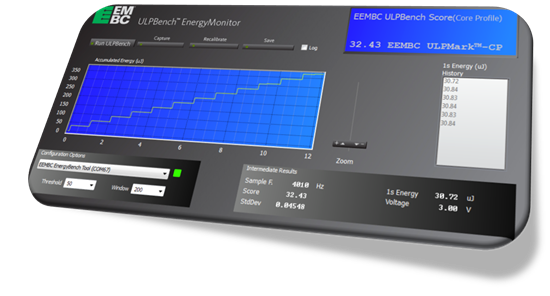
In the past several months, we released nearly 100 new Ultra-low-power MSP430FRxx FRAM microcontrollers. Our collateral calls these microcontrollers out as the lowest power in the industry, but you don't need to take our word for it! It is important to evaluate microcontroller power efficiency based on a number of factors. These can include:
- Active mode current consumption
- Low power mode current consumption
- Peripheral current consumption
- Memory current consumption required to read/write
To make choosing the right microcontroller easier, The Embedded Microprocessor Benchmark Consortium (EEMBC) offers a number of benchmarks. For reference, this is the same group that created the COREMARK® benchmark. COREMARK is a benchmark that isolates a CPU's core performance by focussing on the CPU pipeline. This benchmark offers a simple starting point for comprehension of MCU performance, but does not provide a true measure of performance in applications where low-power matters. To address these types of applications, the EEMBC has released a new benchmark called ULPBench™!
The ULPBench offers a two prong approach including the benchmark itself on the software side and an EnergyMonitor hardware tool. These components account for the ability of a microcontroller to operate efficiently in applications where time spent in active mode is minimal and waking up on a precise interval can be critical. Typically, integrated hardware can also play a huge role in low-power applications as well. This hardware, such as 32-bit multipliers, AES encryption engines, and direct memory access reduces software complexity and can significantly reduce cycle times in active mode. By considering these factors, ULPBench offers an apples-to-apples comparison between microcontrollers in a way that focusses on real-world applications.
Scores are already available showcasing the power efficiency of the new Ultra-low-power MSP430FR5969 FRAM microcontroller compared to other competing MCUs. This new benchmark can also be used across microcontrollers with the EEMBC ULPBench EnergyMonitor, which is an accurate tool for measuring energy that comes with a convenient GUI for data capture! This tool is available today so that developers can get the numbers for themselves!
After using the EEMBC EnergyMonitor to evalaute different microcontrollers across the industry, you may be ready to get started with the MSP430 MCU ecosystem. Don't forget that we also have an energy measurement tool for making sure your system is as efficient as possible during your design cycle! EnergyTrace™ technology enables real-time measurements from nano-amps to milli-amps and on devices like the new MSP430FR5969 or the MSP430FR6989 FRAM microcontrollers, provides CPU and peripheral state information!
Ready to get started? Grab the MSP-FET or one of our new FRAM MCU LaunchPad development kits to start your evaluation today!







